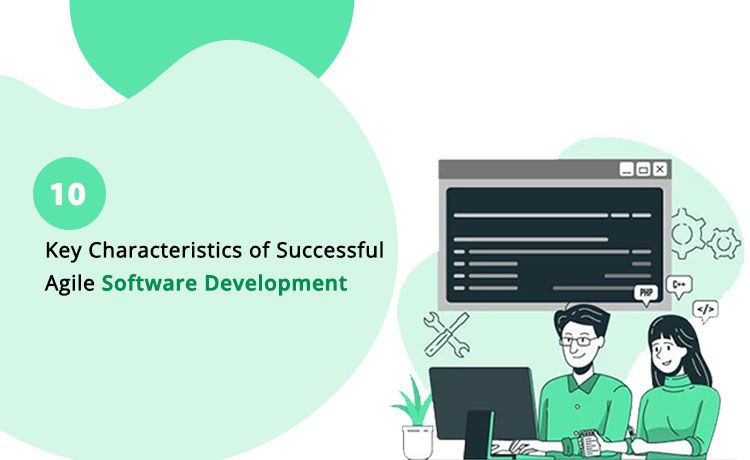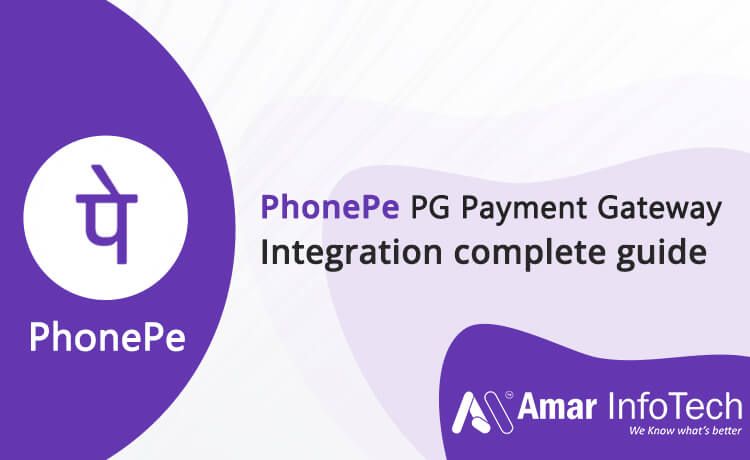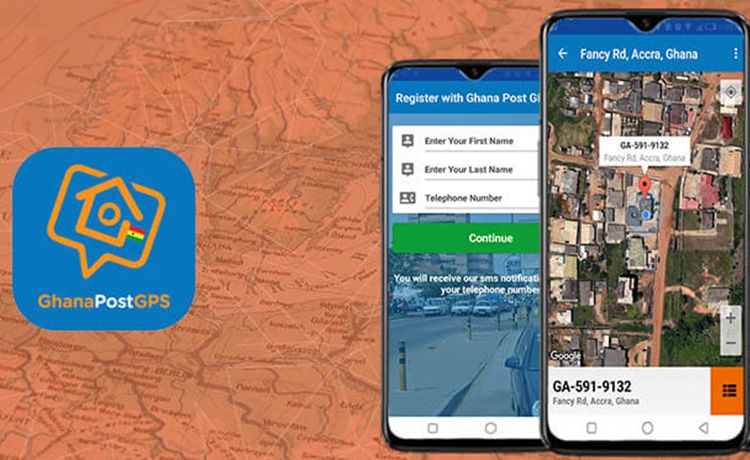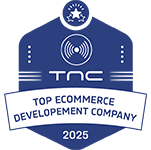Agile software development refers to the methodology that involves cross-functional teams collaborating on different areas including planning, analysis, designing, unit testing, and acceptance testing. Compressing these five sequences of the conventional software development methods, for one three-week cycle (iterations). At the end of each iteration a working product is available.
Agile Software Development Life Cycle (Process Flow Model)

Here, we list down the top 10 key characteristics of Agile Software Development Methodology:
1) Scrum
Scrum approach is one of the most effective ways of introducing Agility in a software development methodology – owing to its simple and flexible nature. The Scrum approach focuses on empirical feedback, team self-management and determination to build ‘tested’ products within short time-frames.
The implementation of Scrum enhances visibility of project goals and ways to achieve them. This characteristic of agile projects ensures that software is delivered on time – without compromising the quality.
2) Quality
Testing is integrated throughout the lifecycle, enabling regular inspection of the working product as it develops. This allows the product owner to make necessary adjustments and gives the product team early sight of any quality issues.
3) Visibility
Agile development principles encourage their ‘user/client’ to take active part during the development phase of the product. This provides transparency to the key stakeholders – assuring them about the product’s progress and potentially successful outcome.
4) Early identification and resolution of issues
Small incremental releases made visible to the product owner and product team through its development help to identify any issues early and make it easier to respond to change. The clear visibility in agile development helps to ensure that any necessary decisions can be taken at the earliest possible opportunity, while there’s still time to make a material difference to the outcome.
5) Accommodating change as per the requirements
Agile development is acceptance to change and any requirement that emerges during the evolvement period is recognized immediately. Of course, it is important that an active stakeholder is involved within the project who understands the concept behind agile development and is ready to make any necessary changes to the cycle.
6) Iterative releases, Communication, continuous integration
The active involvement of a user representative/product owner, the high visibility of the product and progress, and the flexibility to change when change is needed, creates better business engagement and customer satisfaction. This is an important benefit that can create much more positive and enduring working relationships.
Above all other points, the ability for agile development requirements to emerge and evolve, and the ability to embrace change, the team builds the right product. It’s too common in more traditional projects to deliver a “successful” project and find that the product is not what was expected, needed or hoped for. In agile development, the emphasis is absolutely on building the right product.
7) More enjoyable!
For most (if not all) members of the agile development team, work is an enjoyable place where everyone is actively involved. Instead of big specs, the team discusses requirements of the project through interactive workshops and panels.
Above all, the team members are empowered to make decisions based on their regular analysis, which creates a highly motivated and determined team.
8) Transparency
An Agile approach provides a unique opportunity for clients to be involved throughout the project, from prioritizing features to iteration planning and review sessions to frequent software builds containing new features. However, this also requires clients to understand that they are seeing a work in progress in exchange for this added benefit of transparency.
9) Early and Predictable Delivery
Agile development projects are usually delivered on time while updates are also quick and frequent. This is because the method utilizes a time-box, fixed schedule Sprints of 1- weeks to ensure the product is ready on time. In fact, many times this enables the product or the beta update to release earlier than predicted adding to the overall business value.
10) Predictable Costs and Schedule
Because each Sprint is a fixed duration, the cost is predictable and limited to the amount of work that can be performed by the team in the fixed-schedule time box. Combined with the estimates provided to the client prior to each Sprint, the client can more readily understand the approximate cost of each feature, which improves decision making about the priority of features and the need for additional iterations.
































